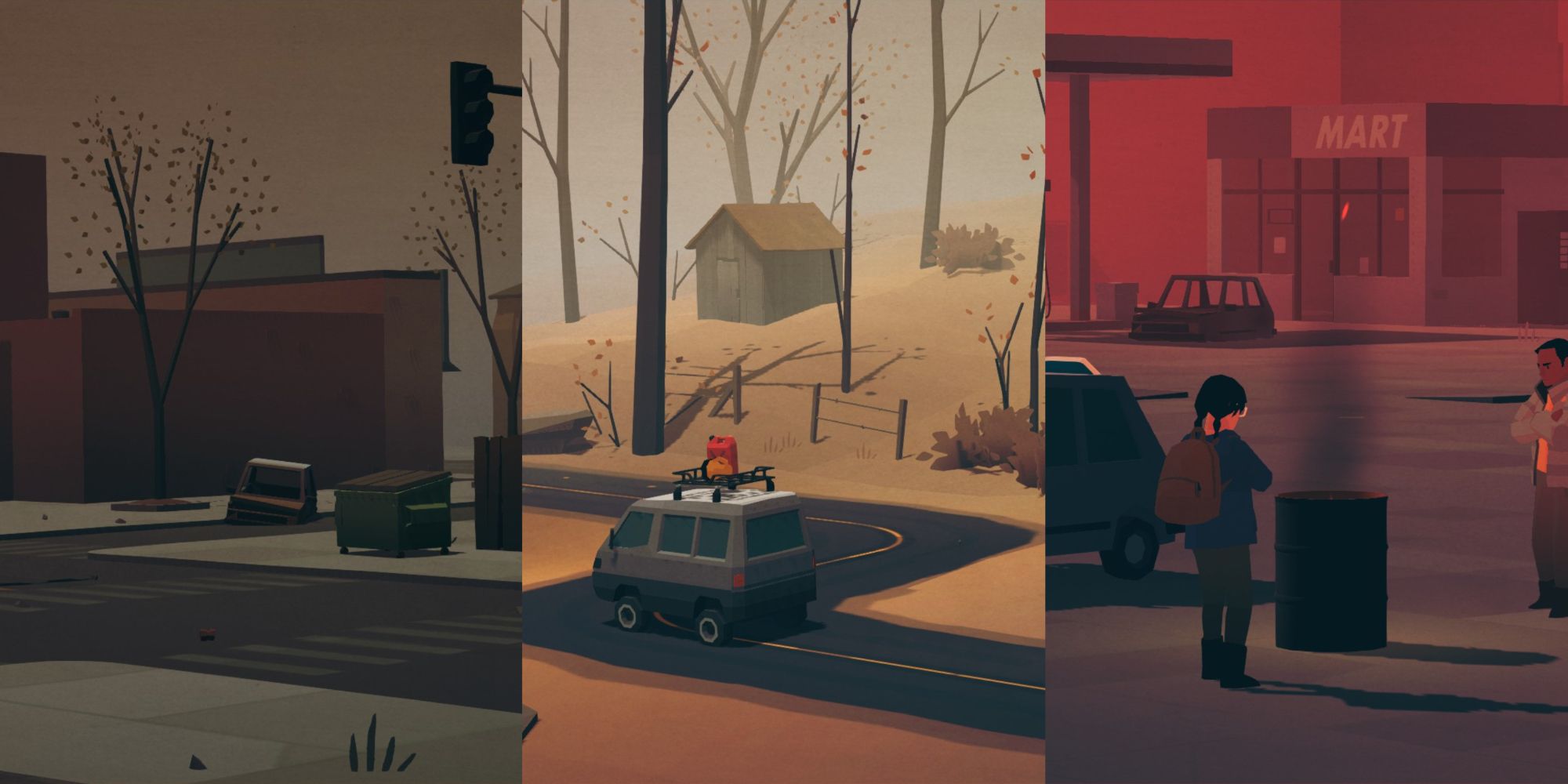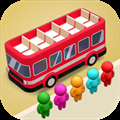
Quick Links
- Important Vehicle Differences
- A Safety Shelter
- Organizing On The Fly
- Creating Barriers
- Ramming Enemies
- Always Look For Upgrades
Overland offers a great roguelike experience focused on traveling across the country and surviving a post-apocalyptic world. The game offers tools, party members, and strategies to help you survive, and much of this revolves around vehicles. You need them to reach different destinations easily at the very least, so you don't want to end up without one.
Related: Overland: Beginner Tips
Doing so requires you to consider different vehicles, while they matter, and how to use them. As you focus on vehicles and find the right ones for your journey, you'll take advantage of their uses and identify ways to maximize them while you try to complete a run.
Important Vehicle Differences
Before you choose different vehicles for your journey, you must understand their differences to see which ones meet your needs. For example, you may like how a truck works for off-road driving, but it may not have the necessary carrying capacity to maintain a strong party. Because of that, you'll want to focus on key points regarding a vehicle to see what works for your playstyle.
Vehicle Feature
What It Does
Why It Matters
Total Chairs
Provides space for your party members, allowing you to have a party size based on available space.
The more chairs you have, the more party members you gain. Additional party members let you perform more actions per turn, allowing you to travel more ground while taking out enemies and preventing a swarm.
Storage Space
The number of items you can leave on your vehicle. Cars can have additional slots if you add a rack to the top.
Every storage slot lets you bring more items on your trip. You can use them to store items that matter, but you don't use them often, such as a first-aid kit or a flashlight.
Gas Mileage
How much gas your car uses as you drive between locations.
The better the gas mileage, the less gas you'll spend traveling. Gas remains one of the most important parts of the game since you can't efficiently travel without cars.
Wheels
The type of wheels lets you drive on other surfaces.
Most cars only let you drive on roads and flat surfaces, but others let you drive in rougher terrain, allowing you to maneuver around bugs to avoid getting trapped. You usually sacrifice gas mileage for better wheels.
While it comes down to your preferences, you should prioritize chair space since having more party members will help you survive.
From there, you should choose between gas mileage and wheels, depending on your preferences. As for storage space, it matters the least since you can get a rack and place it on top of any vehicle you plan to keep.
A Safety Shelter
Most enemies won't bother your characters if you put them in the vehicle, so take advantage of it to protect your teammates. If you find any of your characters in a tight situation, have them hop into the car while you let the rest of the party take care of it. Even though it may not be as efficient, you'll keep that survivor alive to use them at a different point.
Not only can you put injured survivors in there, but any that you feel the bugs may attack. Most small enemies won't attack your vehicle, so you'll rest easy knowing they can't hit you.
You shouldn't let them surround your vehicle, though, since you won't have a way to escape in your car.
You can use abandoned cars defensively. If they have space in them, hop into the car, wait for the bug to move, and go through the other side to avoid damage.
Organizing On The Fly
Since cars have storage on top of them, you can organize your equipment on the fly. That means you can choose the Organize option to adjust equipment as soon as you enter a new area. You can quickly shuffle the equipment between characters, so they can each have what they need to do well during that section.
As you start the battle, you can create a line leading back to the vehicle. While you'll want to spread out and search the area, you should keep your characters relatively close to let them pass items as needed. If you have spare space on your party members or the top of the car, you can use this process to pass down the items quickly.
The passing technique works even better for gas since you can fill it up to five points, pass it between characters, and have the closest one fill your car.
Related: Overland: Best Weapons
Creating Barriers
While you don't want to have your car surrounded by enemies, you can use it as a safety barrier to protect yourself from bugs. A character can run away from a bug, put the car between them, and guarantee it won't reach them on that turn. Doing so works great if you have already performed other actions and can only move a space or two.
You can also place your vehicle next to other barriers, such as dumpsters or fences. Doing so will let you extend the barrier and require the bugs to make more moves to reach you. You can create an extended barrier to quickly search an area while blocking off the enemies before you make a getaway.
If you want to use your car as a physical wall, move it toward the exit first. Doing so will help you make a quick escape if you start to get swarmed by the bugs.
Ramming Enemies
If you run out of weapons or find a bug in your way, you can ram into them to deal damage. Ramming deals as much damage as a standard weapon, so you'll take out small enemies in a single hit. However, larger ones will survive the initial attack. Either approach causes your vehicle to take damage, meaning it could eventually break.
While you should avoid doing this, you have it as a last resort if you find yourself in a rough situation. If you have a vehicle in satisfactory condition, you shouldn't ram it more than once. Otherwise, it may blow up and potentially harm your teammates. On top of that, you significantly reduce your odds of surviving without a vehicle, so avoid sacrificing it unless you have no other option.
Related: Best Roguelike Games For Beginners
Always Look For Upgrades
As you go through the world, you'll come across working vehicles. Sometimes, you'll see a node on the map that mentions a car. If you want a better car or recently damaged yours, you should visit the location and see what the vehicle offers.
Even if you can't predict what vehicle you'll find, you can check it and search through the vehicle. Compare it to your current car to decide if you want to use it. For example, if you find a van with more seats than your car, you should switch to it to get more party members. On the other hand, if you find one with bad gas mileage or some damage, you may not want it since your vehicle has decent mileage and no need for repairs.
If you choose a new vehicle, spend time transferring everything over. That includes moving your rack and your items while siphoning gas. Remember that gas siphoning takes a while, so take care of it immediately to avoid wasting time and ending up in a rough position.
A vehicle remains one of the best tools available in Overland. As you use them correctly and even block off enemies with your vehicle, you'll help your survivors make their way to their destination. Do your best to consider the different vehicles, see which ones you prefer, and utilize them effectively to continue your travels.
Next: Best Roguelike Games On Steam













